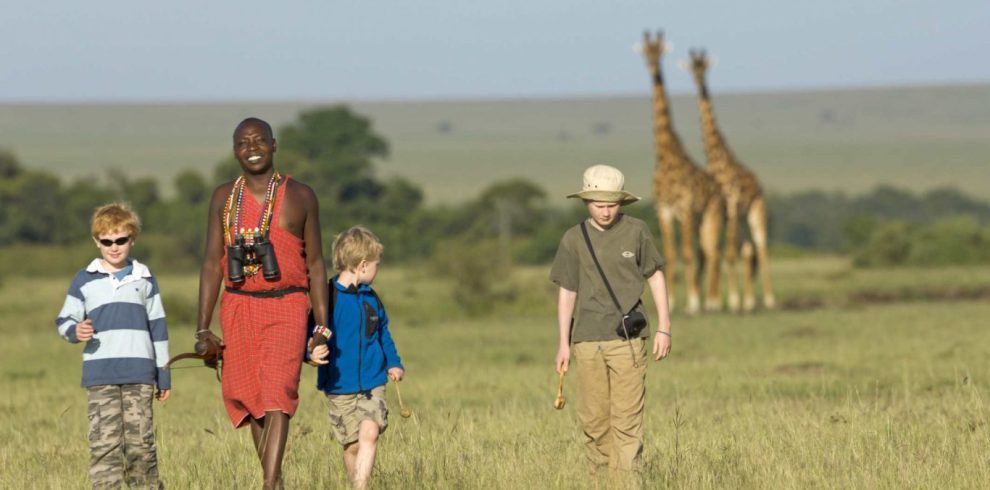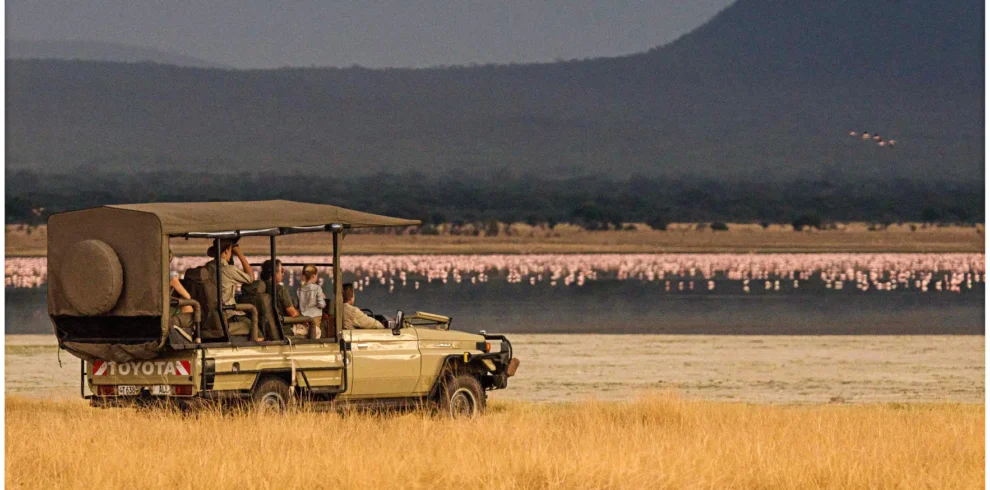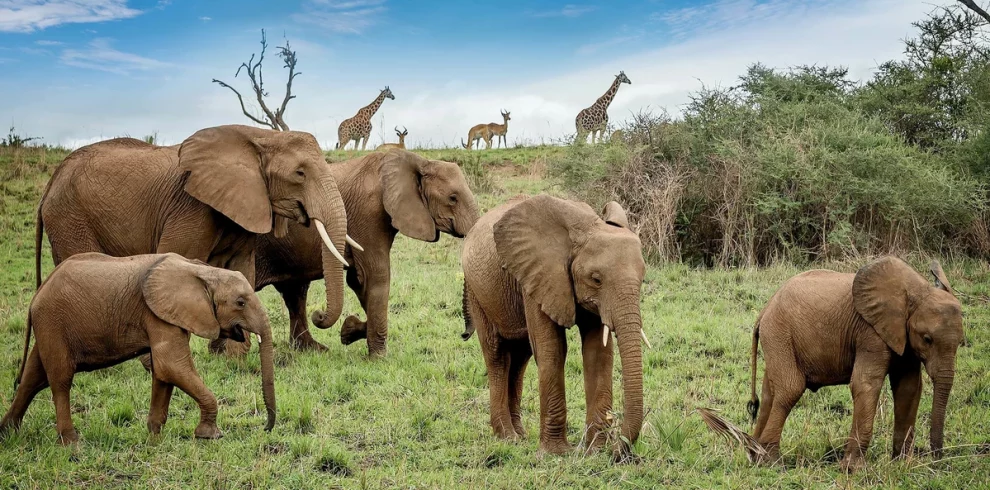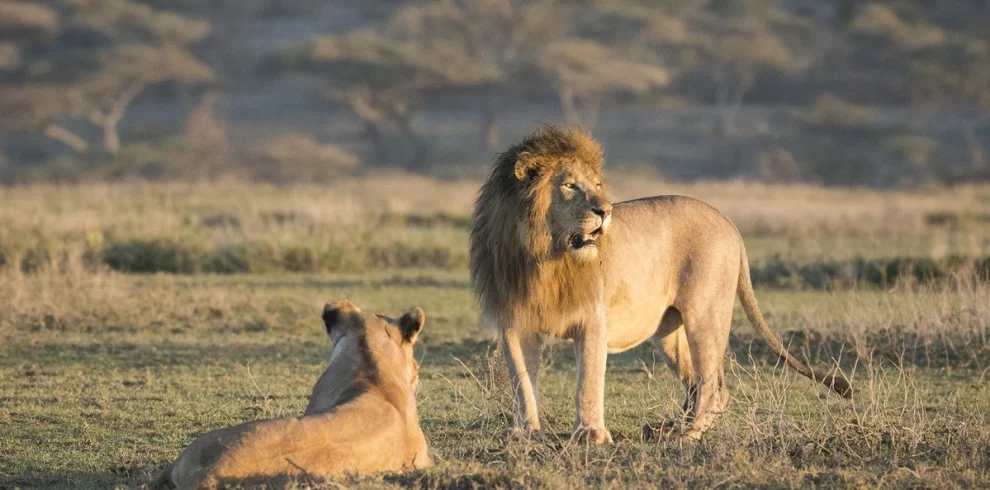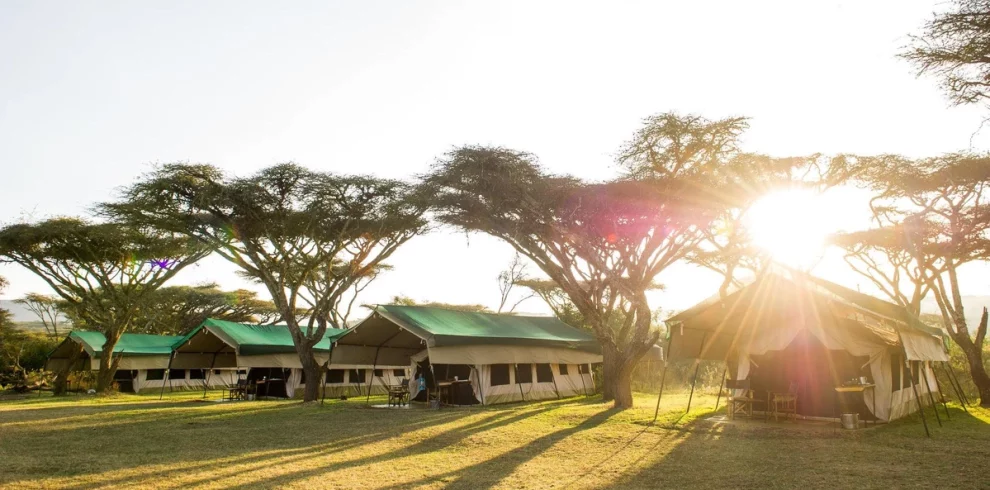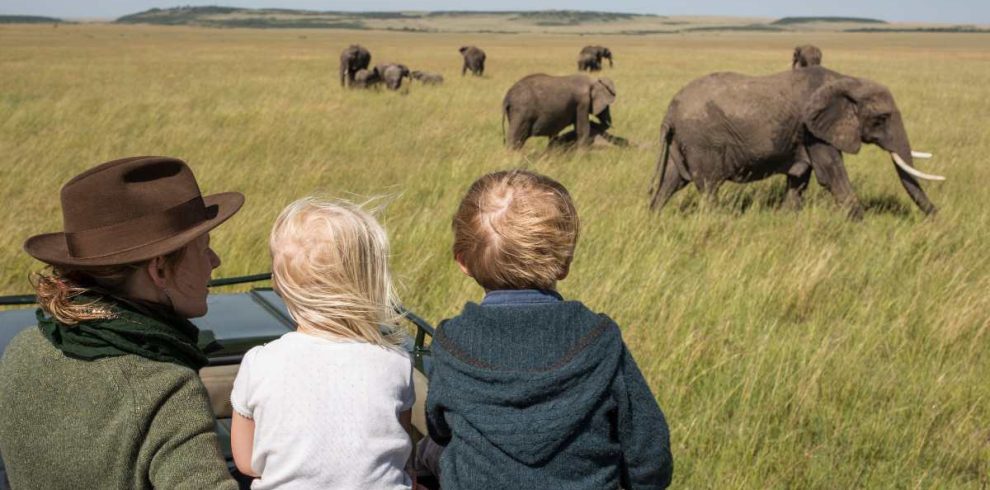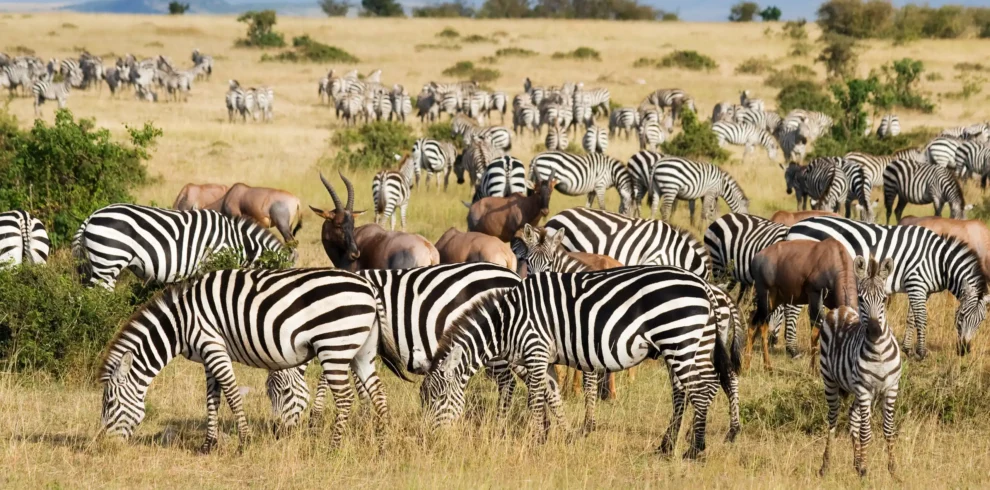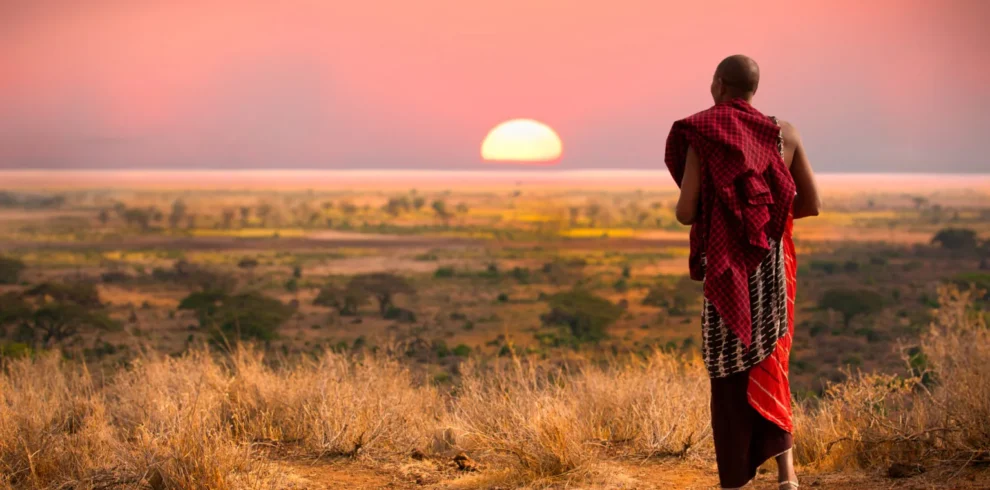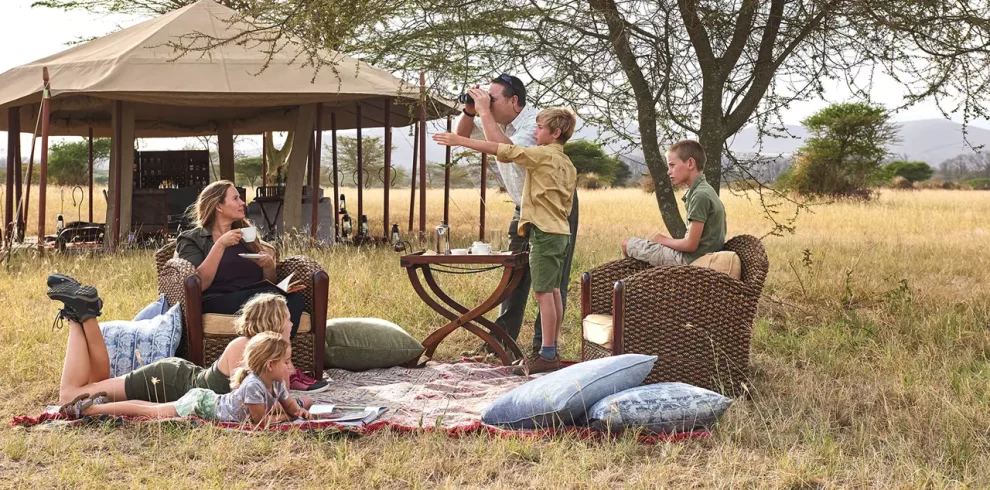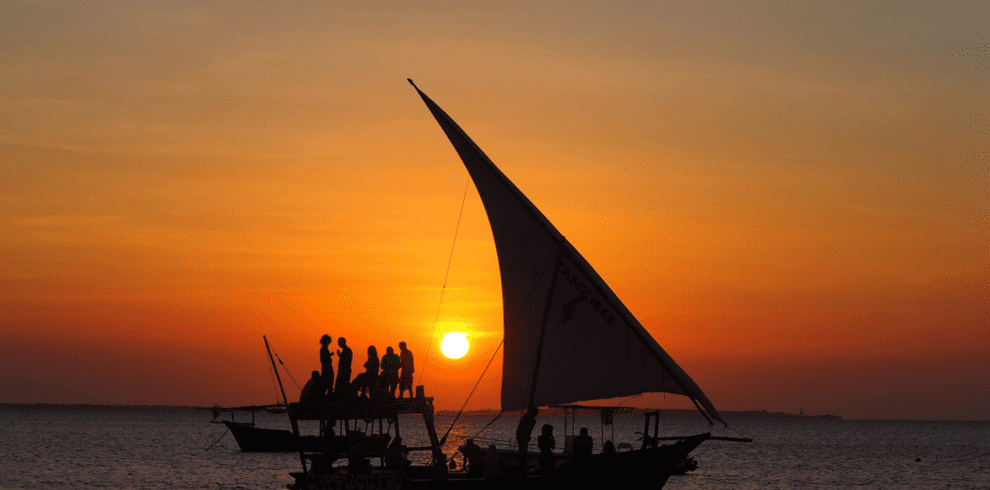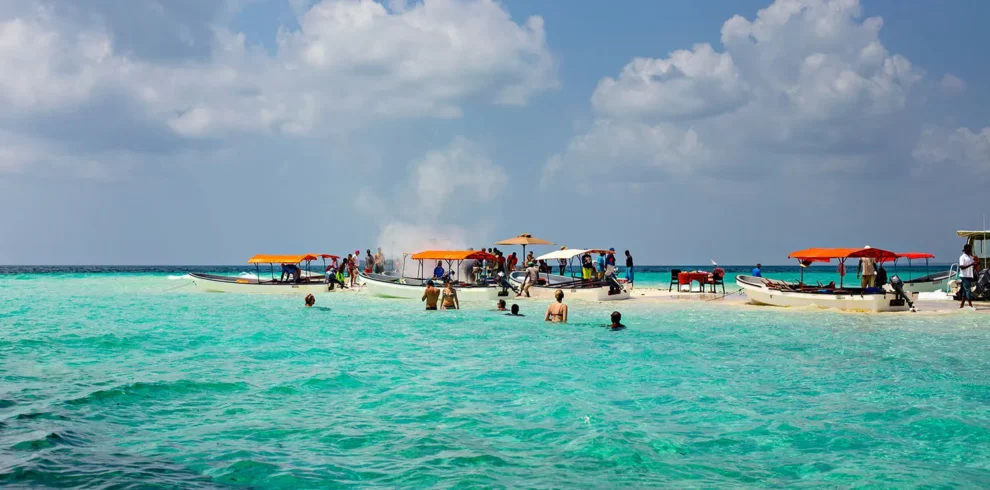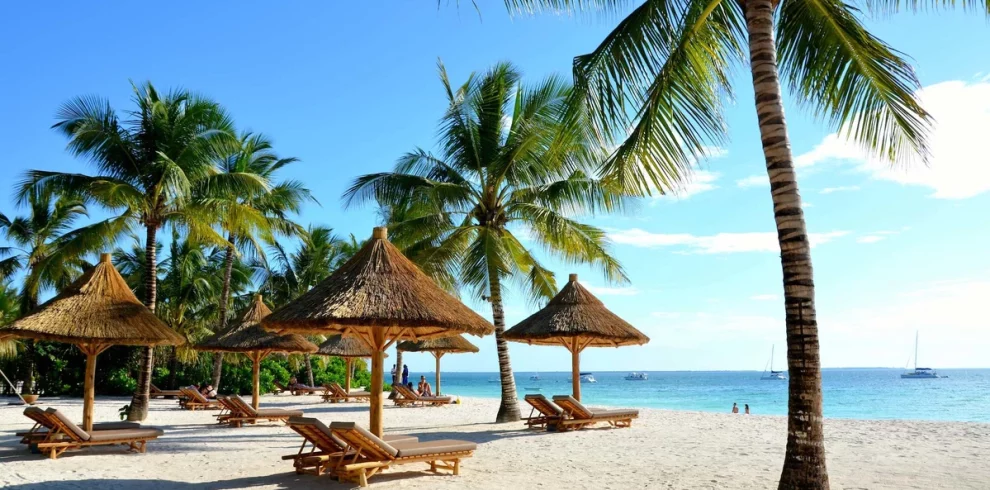Tanzania safaris or Tanzania safari tours offer everything from fantastic wildlife, incredible natural beauty, and unique cultures to pristine beaches. Tanzania is a serious safari heavyweight. The country has 3 of Africa’s Seven Natural Wonders. It is also home to some of the best parks in Africa, including the Ngorongoro Crater, Serengeti, Mount Kilimanjaro and Zanzibar.
All of Tanzania safari parks have their own distinctive charm, which makes the country a real contender for the top Africa safari destinations. In terms of wildlife conservation, nearly 40% of Tanzania is set aside for protected and wildlife conservation. The country protects around 25% of Africa’s mammal population. And Tanzania safaris and tours also combine well with a safari in Rwanda or Uganda for the opportunity to trek with endangered wild mountain gorillas.
Tanzania Safaris Packages | Private Tanzania Safari Tours
Tanzania Safari And Zanzibar Packages
The Indian Ocean island of Zanzibar and Mainland Tanzania are fabulous destinations. They together provide a delightful experience of all that Tanzania tours has to offer. If you visit both, you can enjoy a safari at one or more of the many game parks on the mainland, and then follow it up with a relaxing beach holiday in Zanzibar, which also has a superb cultural and architectural heritage. They are two distinctive destinations, but they combine well together in ways that offers you an opportunity to experience the best that East Africa safari holiday has to offer.
Where to Go In Tanzania | Best Destinations For Tanzania Safaris
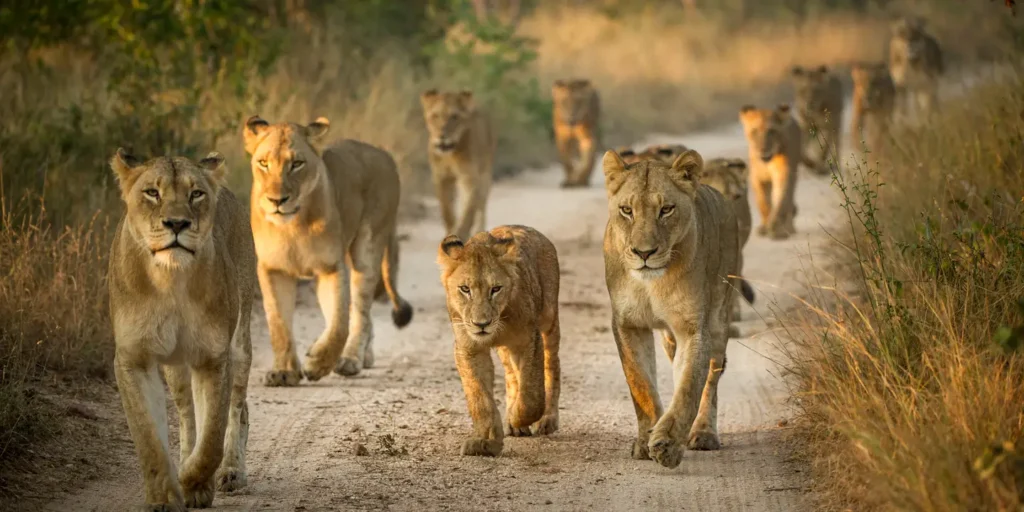
1. Serengeti National Park
Serengeti National Park is possibly Africa’s best safari destination. This park is so vast that the Maasai people – the original inhabitants of the area – named it a place where the land runs forever. The vast plains are best known for Great Wildebeest Migration – the largest overland migration on earth and one of the seven natural wonders of Africa. Serengeti is the best destination for Tanzania safaris.
2. Ngorongoro Crater
Ngorongoro Crater is another superb destination for Tanzania safaris. It is largest unbroken volcanic caldera on Earth and also one of Africa’s 7 Natural Wonders. It comprises 260 km2 of savannah hemmed in by sheer 600-meter-high walls topped by a cover of dense montane forest.
Even without the wildlife, Ngorongoro would rank among the most stunning natural wonders in the world. But it is home to over 30000 animals including all the Big 5. And its immense scenic scale regularly draws comparisons to the biblical Garden of Eden. There is nowhere else in Africa quite like it.
3. Tarangire National Park
Tarangire National Park is best known for its huge elephant herds. This Tanzania safari park is also a birder’s paradise with over 500 bird species. It is a beautifully diverse wilderness featuring huge swamps, riverine forests, and open woodlands that include the iconic baobab trees of Africa.
Tarangire is located close to Lake Manyara and Ngorongoro. It is often treated simply as a stop-over between the more famous destinations on the northern Tanzania safari circuit. Yet those who choose to take a tour to here are richly rewarded by one of Africa’s most underrated safari destinations.
4. Lake Manyara National Park
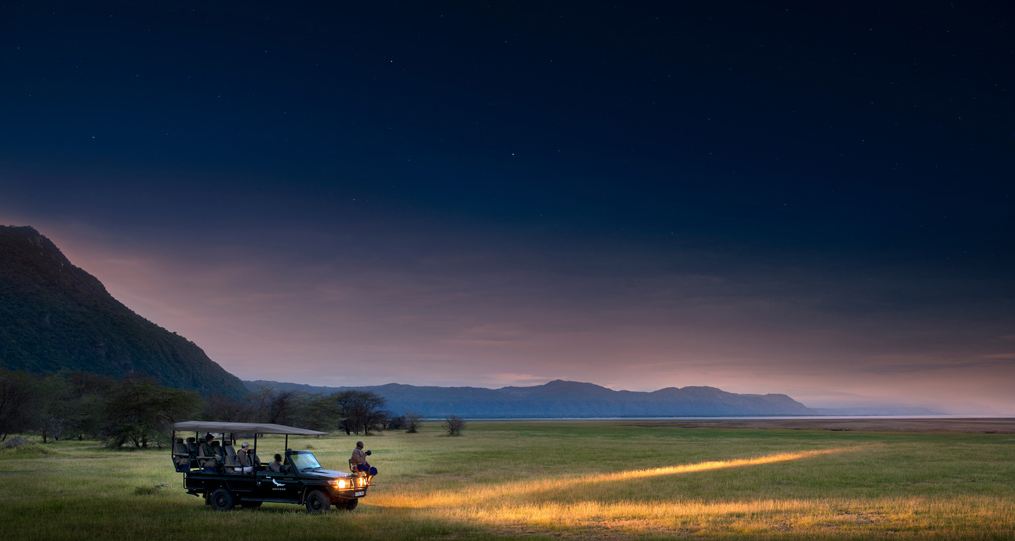
From fabulous flocks of flamingos and big herds of elephants to tree-climbing lions, Lake Manyara has some seriously unique safari features. Perfectly complementing a safari in Ngorongoro, Tarangire, and Serengeti, Lake Manyara is a hidden gem among astonishing array of destinations for Tanzania safaris.
Covering 325 km2, this Tanzania safaris park is adorned by the lake, which claims a generous portion of 230 km2 for itself. Described by Ernest Hemingway as the ‘loveliest I have seen in Africa’, its shimmering waters serves as a stunning backdrop to your wildlife adventures.
5. Zanzibar and Tanzania Islands
You can end your East Africa safari with a relaxing holiday on the Spice Island of Zanzibar. Perfect for both honeymooners and families, Zanzibar is where to go in Tanzania for glorious beaches, sunset dhow cruises, and cultural tours. Other Indian Ocean islands of Tanzania won’t disappoint either. Mafia, Pemba, Mnemba, and Chole are superlative Island holiday destinations with superb diving, snorkeling, and exclusive boutique accommodation.
6. Nyerere National Park
Nyerere National Park (formerly Selous Game Reserve) is Africa’s biggest game reserve – bigger than Switzerland. Its lifeblood, the huge River Rufiji, creates an intricate network of oxbow lakes, channels, and wetlands from which one of East Africa’s most magnificent ecosystems is born.
Hippos, buffalos, lions, Wildebeests, and crocodiles flourish here. This Tanzania safaris park is also one of the most important sanctuaries for endangered wild dogs in Africa. Don’t miss a boat cruise, a walking safari or fly-camping tours is this breathtaking wilderness.
7. Ruaha National Park
Ruaha National Park’s wild and untamed character is what sets it apart from other Africa safari destinations. This hidden gem is second biggest national park in Tanzania after Nyerere, covering an area of 20,226 square kilometers. Despite its size, there are few safari camps here.
You will see other tourists around – only a plethora of animals like giraffes, buffalos, kudus, sable, roan, lion, cheetah, wildebeests, warthogs, dik-dik, Oribi, and leopard. Ruaha is home to biggest elephant population in Tanzania and a stronghold for critically endangered African wild dogs.
8. Lake Tanganyika
The world’s second deepest is hemmed in by the mountainous walls of Africa’s Great Rift Valley. It’s one of most biologically rich habitats on our planet, not least due to the lakeside presence of the Gombe Stream and Mahale Mountains National Parks. These destinations are worth the effort it takes to get to them. They offer some of the most unique Tanzania safaris experiences: remarkable chimpanzee trekking and rainforest wildlife viewing.
9. Mount Kilimanjaro

Whether you want standing in its mighty shadow or ready to climb to its sow-capped peak, the legendary Mount Kilimanjaro won’t fail to stir your soul. At 19,340 feet (5 895 metres), it is the tallest mountain in Africa and the highest free-standing mountain on Earth.
But its icy peaks are far more accessible than you may think. If you climb Kilimanjaro during the dry season of July to October and January to March, no technical climbing is needed. But organizing and fulfilling a hike to the summit of Kilimanjaro requires a fair amount of logistical planning.
10. Arusha
Most Tanzania safaris start in Arusha. This city is the undisputed Tanzania’s safari gateway and it is on the safari itinerary of virtually anyone visiting the Serengeti, Tarangire, Ngorongoro Crater and Lake Manyara, as logistics often dictate an overnight stopover in or around the city.
Situated in the shadow of Mt Meru, the city has its own international airport (Kilimanjaro International Airport) and the smaller Arusha Airport for domestic flights to final destinations. If you spend some time here, you will have several chances to buy souvenirs, take a cultural tour and explore local places of interest.
11. Dar es Salaam
Most travellers to Dar es Salaam are on their way to the Indian Ocean coast or Zanzibar. But this bustling city offers easy access to the lesser-known Tanzania safaris park such as Nyerere, Mikumi and Ruaha. High-quality hotels and lodges is available if you need to overnight.
FAQs About Tanzania Safaris
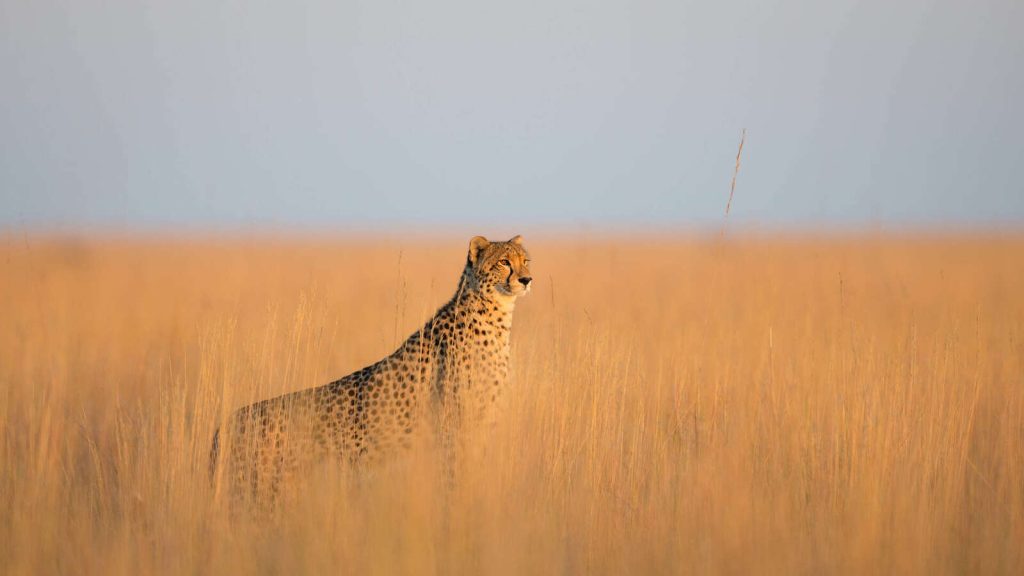
1. When is the best time to visit Tanzania?
You can go for a Tanzania safari at any time of the year, but the best time depends on your interests. If you interested in witnessing the Great Wildebeest Migration, you will need to do careful planning. The best time to see the migration in Serengeti is June to October.
And you will be required to stay in different areas of the park at different stages of the migration. The great wildebeest migration depends on the rain and is not completely predictable. If you want to escape the crowds, you will need to book your safari accommodation in the Serengeti away from the wildebeest migration. The wettest months are March, April and May, and any safari might be compromised at this time.
2. Why visit Tanzania? | Why Go For Tanzania Safaris?
Tanzania is a classic safari destination. The wildlife viewing in Tanzania is excellent and there is so many places to visit and things to do. In fact, it would be hard to experience all of the highlights even in 3-day Tanzania safaris, let alone one. The country has three different safari circuits:
- The most popular Northern Tanzania safari circuit includes famous places such as the Serengeti and Ngorongoro Crater.
- The lesser-known Southern Tanzania safari circuit centers on Nyerere National Park and Ruaha National Park.
- The off-the-beaten-track Western Tanzania safari circuit includes Katavi National Park and the chimpanzee reserves on the shore of Lake Tanganyika.
Avid mountain trekkers might be surprised to learn that Tanzania has the highest summit in Africa. Mount Kilimanjaro is located between Tanzania and Kenya but is climbed from the Tanzanian side.
3. How much does Tanzania safari cost?
A budget Tanzania safari can cost as little as US$150 per person per day, a luxury Tanzania safari over US$1,000 per person per day. A mid-range safari in Tanzania costs US$300 to US$500 per person per day. Please note that this is a rough estimate and it is difficult to put a specific figure on a trip, as a lot of variables need to be taken into account.
4. How many days is enough for Tanzania safari?
The recommended duration for a safari tour in Tanzania is:
- 3 to 5 days for a quick taste of Tanzania wildlife safari, covering a couple of national parks
- 6 to 8 days for visiting the top parks including Ngorongoro, Tarangire, Lake Manyara, Serengeti,
- 9 to 11 days for covering the top national parks at relaxed pace
- 12+ days for once in a lifetime safari with maximum wildlife spotting potential
5. Is safari cheaper in Kenya or Tanzania?
A Tanzania safari may on average be slightly more expensive than a Kenya safari, especially if you want to take in very special reserves like the Grumeti, Ruaha, Nyerere, Gombe and Mahale. Tanzania is a far bigger country than Kenya, which means almost all travel outside the famous Northern safari Circuit includes transfers by light aircraft (this is also true if you visit northern Kenya but the distances are shorter). But any price differences are marginal, and both offer great value for your safari money. Read More; Kenya Vs Tanzania safari
6. Which is better Masai Mara or Serengeti?
Both Masai Mara and Serengeti win the prize for the best safari in Africa. In fact, these two destinations form part of the same cross-border ecosystem. They have much in common when it comes to landscapes and wildlife. But there are differences too. Which game park suits you better will depend not only on your preferences, but also on the time of year when you visit.
In terms of size, Serengeti is at 14,760km² is huge while the Masai Mara is at 1,510km², is very small in comparison. The smaller size of the Mara and higher concentration of lodges make it more difficult to get away from the crowds than is the case in the Serengeti.
That said, the greater number of vehicles out on game drives in the Mara does add up to more shared sightings, which makes wildlife viewing easier. Also due to the large size, the larger size of the Serengeti, the great migration is in here longer than in the Masai Mara.
Want To Visit Tanzania?
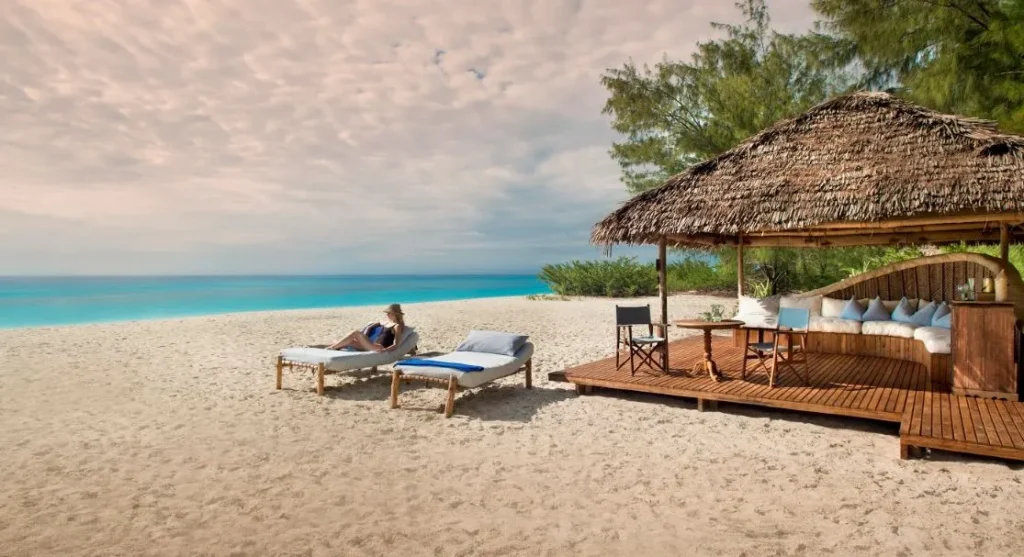
If you still have any questions about safaris in Tanzania, feel free to CONTACT US. We will answer your questions as soon as possible and help you design a Tanzania safari tour with a comfortable itinerary. For quick information, you can WHATSAPP US.

